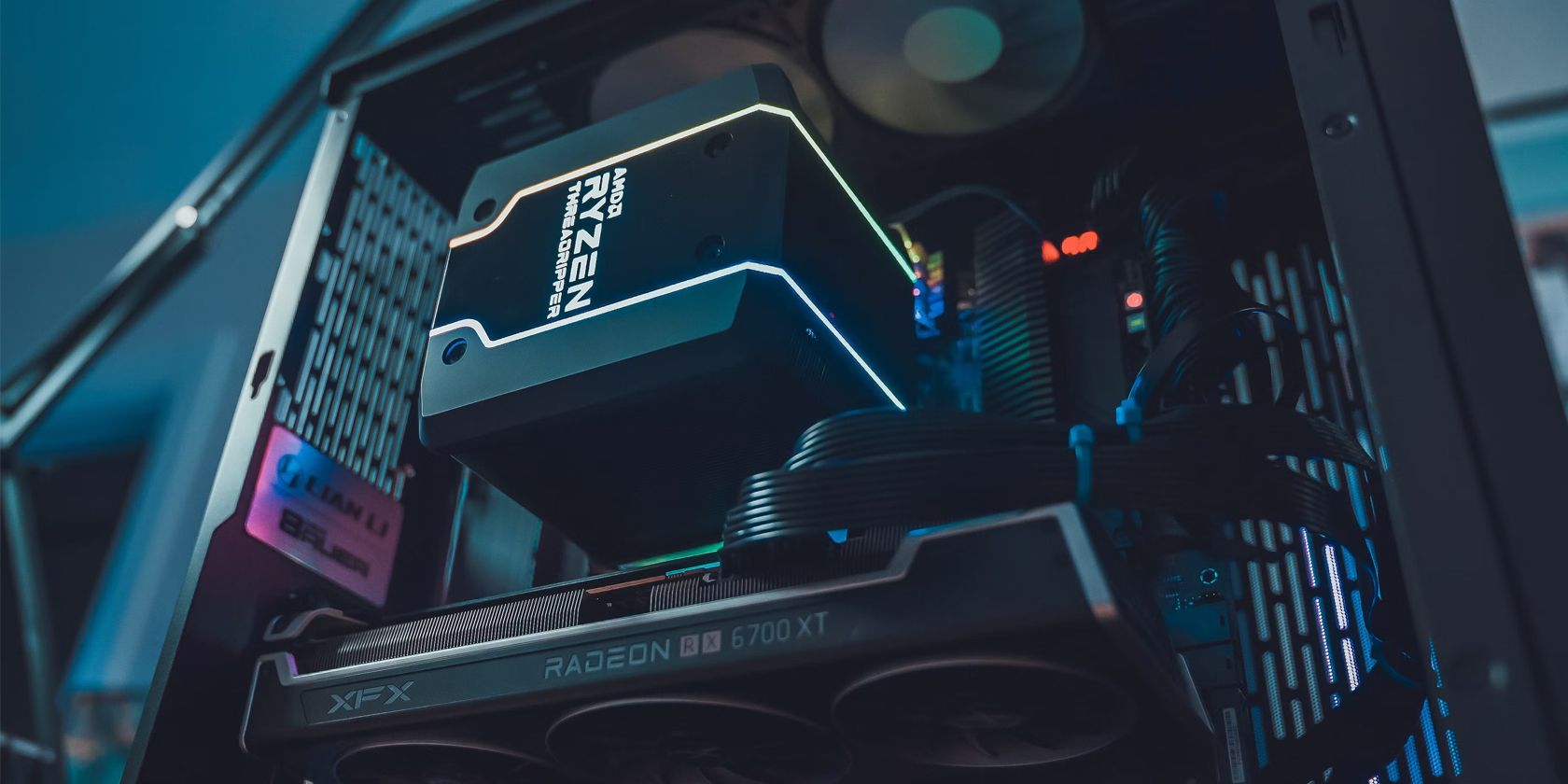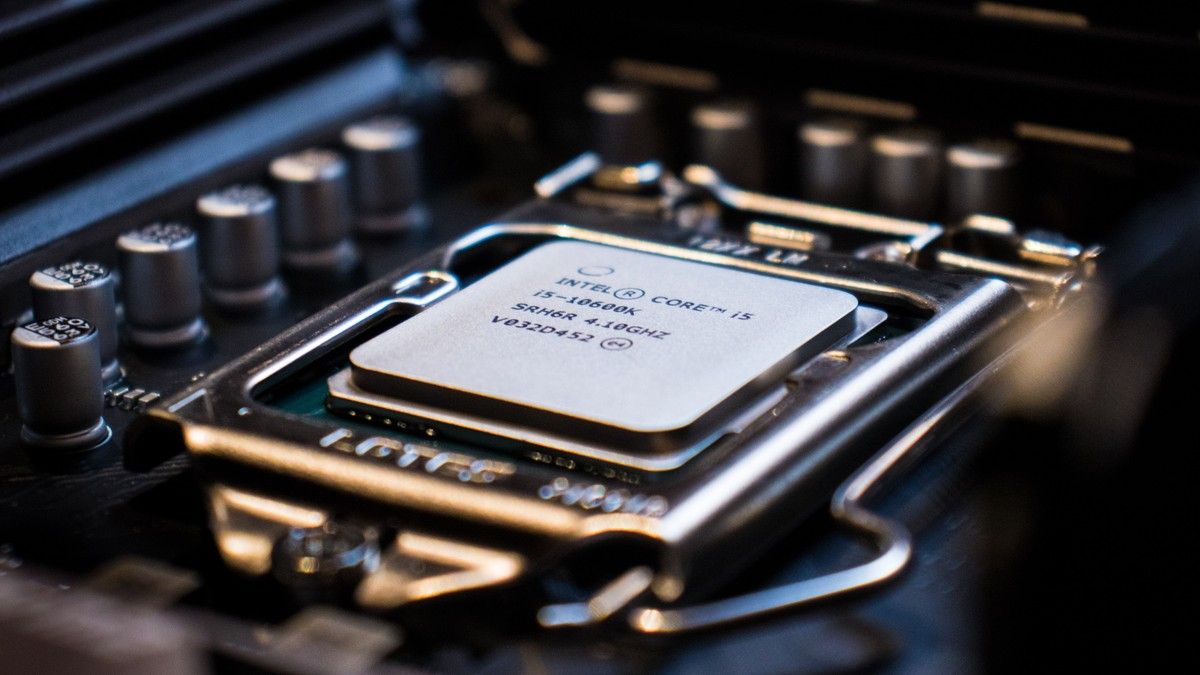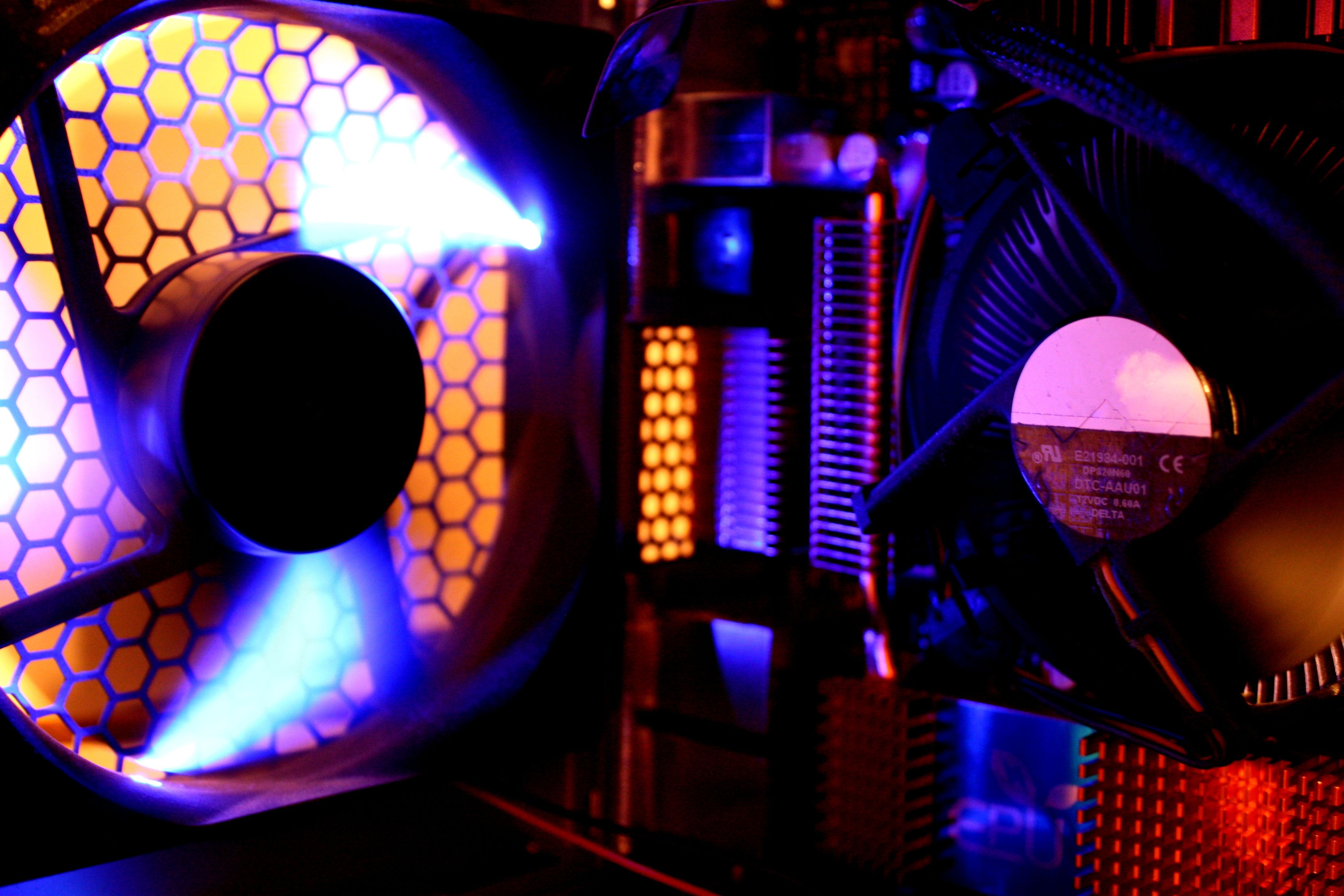The high-end space of desktop computers can occasionally have confusing terminology. If you're looking at the spec sheet of some premium CPUs, the term "HEDT" might occasionally come up alongside workstations and servers.
The line that separates a HEDT computer from something like a workstation could be blurry. They're both targeted to similar users, after all, and they're both just as niche. But what's a HEDT computer exactly? And what's the difference between a HEDT and a workstation?
What Is a HEDT Computer?
HEDT is a short-hand term for "high-end desktop." As an extension, by that definition, HEDT pretty much means a high-end computer, but it's not quite where that ends. After all, many consumer PCs are also considered high-end, so if we're judging by just that wording, it's a pretty vague term.
Intel coined the term for a chip lineup that's a notch above its standard consumer chips but below its workstation/server lineup. They have more cores, high clock speeds, and high price tags.
However, they don't have many features that make them suitable for installation on a proper workstation or server. They're made for enthusiasts who want to get some work done rather than being aimed at enterprise purposes.
The Intel Pentium 4 Extreme Edition was the first chip to get the HEDT ball rolling. The processor didn't have multiple cores, but it did have hyperthreading and an extremely high clock speed—3.4 GHz, to be precise.
Over the following years, as the Intel Core lineup was released, the focus of the Extreme Edition CPUs, later Intel Core X, shifted to providing a lot of cores for multi-threaded tasks. Still, the "Extreme Edition" branding should give you context on who's these CPUs meant for: enthusiasts who don't mind paying more for getting more performance.
Eventually, AMD also launched a HEDT line, dubbed Threadripper. It initially went up to 16 cores, but over time, it got up to 64.
What's the Difference Between HEDT Computers and Workstations?
The differences might seem subtle, and to be fair, they are. Both HEDT and workstation chips are geared toward expensive computers, and they're for people who want to get more complex work done. There are, however, subtle differences in terms of the actual features they're shipped with, as well as pricing and marketing differences.
As we mentioned before, HEDT CPUs are marketed toward enthusiasts. Not the kind of enthusiast who wants their games to run well, but the kind of enthusiast who wants to run benchmarks, do video editing, code compiling, or other CPU-intensive tasks.
In a way, HEDTs are home workstations that don't need to be in an enterprise context. They have edgy marketing, and their prices are not as high as those of equivalent workstations or server chips.
On the other hand, a workstation also handles CPU-intensive tasks as HEDTs. However, they come equipped with features that are better for an enterprise context and won't be used by someone at home.
For example, it's not uncommon to see workstation chips coming with support for a lot of PCI Express lanes. AMD's Threadripper Pro lineup comes with 128 PCIe lanes, whereas its standard Threadripper HEDT lineup has up to 64. They also support more RAM, up to an octa-channel memory, whereas HEDT CPUs barely support quad-channel memory.
In short, HEDT CPUs are generally slimmed-down versions of workstation chips. They're just as powerful, but they lack some features that some users likely won't need, letting you save a buck and still have a lot of the performance you get on a workstation.
In oversimplified terms, HEDTs are home PCs with the guts of a workstation.
Should I Get a HEDT?
Right now, the HEDT space is struggling a bit.
It's been some time since HEDT CPUs last graced the market. The 10th generation of Intel Core X was released in 2019, and the third generation of AMD Threadripper chips was released in the same year. Both consumer and workstation chips have been released since then, so it's definitely just the HEDT space that has slacked off.
Not only have both Intel and AMD stopped upgrading them, but existing chips on the market have also seemingly disappeared from store shelves. The 64-core AMD Ryzen Threadripper 3990X was launched at a $4,000 MSRP.
But if you look for these chips on eBay, they're anywhere between $5,000 to $8,000. And that includes used CPUs.
There could be many reasons why this could be happening. Custom PC builder Puget Systems speculates that the reason could be related to the fact that lower-end consumer processors have gotten so good that the demand for HEDT chips has dwindled.
After all, both AMD and Intel have CPUs going up to 16 cores, which is plenty for most workloads a non-enterprise user would need. And if you really need more, both Intel Xeon W and AMD Threadripper Pro chips are available for your workstation.
The other reason could be that HEDT chips compete for resources with workstation and server chips at the end of the day. After all, the chip shortage is making things harder, and both companies could've decided that the more expensive workstation and server chips could be more profitable than the more affordable HEDT ones.
As for whether you should buy one, we wouldn't say so. Without any relevant HEDT chips on the market right now, even if you were willing to pay a considerable markup for one, you would essentially be leaving performance on the table by going with a HEDT chip rather than going for a workstation or even a high-end consumer one.
An (Unfortunately) Dying Market Segment
HEDT CPUs are usually an excellent purchase for those who can afford them. They allow you to get the performance and capabilities of a workstation and take away all the business features you won't be using on your PC. However, it's a market segment that seems to be dying off.
If AMD and Intel put some love into the HEDT segment, we would definitely recommend buying one if you need one. But since the newest HEDT chips were launched years ago, we can't recommend them—you'll get better mileage from newer high-end consumer chips or workstation processors.




